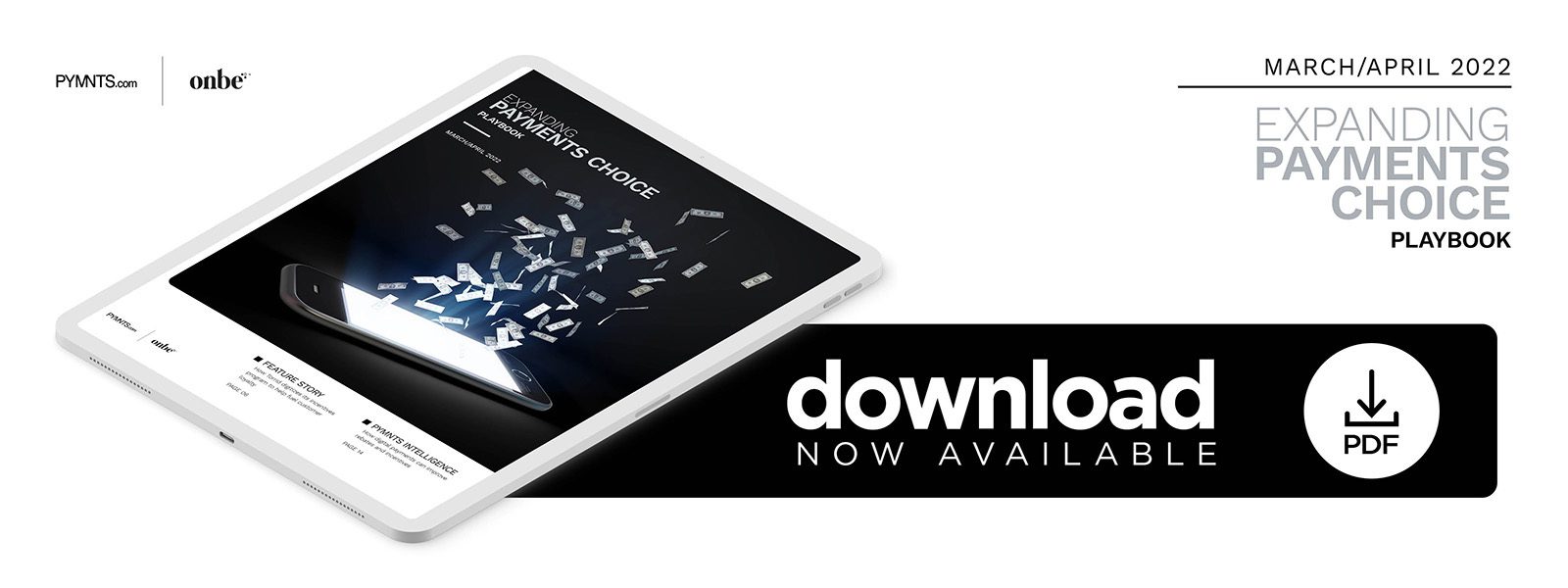PYMNTS Intelligence: How Digital Payments Are Improving Rebates and Incentives

Rebates, incentives and other rewards are key tools in retailers’ arsenal for driving conversions and maintaining a competitive edge in a crowded marketplace.
Studies have found that rebates make customers 75% more likely to make a purchase, far outstripping promotions such as contests or sweepstakes. For retailers, the key to success is finding a way to manage the disbursement process end-to-end without layering on incremental cost and complexity, all while delivering on modern consumer expectations.
Customers have become pickier about which rebates and incentives are worth it as their disbursement preferences have grown more specific. Digital disbursements are quickly becoming the norm, and a customer is less likely to make a purchase if a rebate payment is made by check. This desire for digital payouts has grown even stronger during the pandemic as consumers have become accustomed to digital shopping and expect their payments to be delivered in the same way.
The following PYMNTS Intelligence explores the shifting customer preferences toward digital rebates and incentives and discusses how merchants can use these systems to drive customer conversion.
What customers look for in rebates
Customers’ rebate preferences mirror their other desires regarding payments: They want speed and convenience, both of which are inherent in the digital format. Onbe’s Future of Payments 2022 Report found that 74% of consumers prefer to make payments via digital methods, with 65% believing that these payments are the most secure. Younger generations are particularly keen to make and receive digital payments, with consumers between the ages of 18 and 44 much more interested in using technology such as peer-to-peer (P2P) payment apps for transactions. Conversely, more than one-third of consumers between the ages of 18 and 24 said they planned to use paper checks and cash less often or not at all in 2022.
Choice and flexibility in rebate options are also important for customers, especially for lower-income individuals who quickly need the money. Consumers who live paycheck to paycheck and struggle to pay their bills are used to selecting how they prefer to be paid, with 75% saying they were given two or more options for how to receive at least one payment in June 2021. Even those in better financial situations are likely to be accustomed to this choice, with 57% of those not living paycheck to paycheck saying they had two or more options for how to receive a payment during the same month.
Businesses offering rebates would do well to listen to customer preferences, as the share of consumers receiving income and product purchase disbursements has roughly tripled since last year. Those that do not could risk missing out on significant revenue streams.
Digitizing incentives
Rebate, incentive and other disbursement digitization could pay substantial dividends to companies, driving new business from customers looking for digital incentive options and reducing overhead for manual incentive issuing. Manually claiming a rebate takes an industry average of 60 days, for example, but a digital solution can accomplish the same process in just two weeks. Customers are also quickly becoming more used to shopping online and prefer to keep the entire process digital rather than deal with a mail-in rebate. A recent study found that more than 70% of customers prefer to deal with businesses digitally rather than via paper, meaning the more online a business can be, the more likely a customer will patronize it.
Digital rebates can also offer businesses quicker, more actionable data on shopping preferences and business revenue. The slow processing time of mail-in rebates means that any data on customers’ purchases and product interests will be months out of date by the time rebates are processed, not an ideal turnaround in a business world that operates faster than ever. Quicker turnaround times will also keep the business top-of-mind for customers, as they will receive their rebates soon after their purchases rather than months later, when their interest in the business may be on the wane.
Businesses have been slow to implement and incentive digitization because they are not sure where to start or fear it could be too complex. This is where a managed disbursement provider can help simplify the process. Companies can also ease in a little at a time — for example, a mail-in rebate form with the payment sent digitally. Either way, it is important for businesses to reevaluate their strategy. The quicker businesses can lean into digital rebates, the faster they can gain a competitive edge in a crowded, swiftly moving market.

